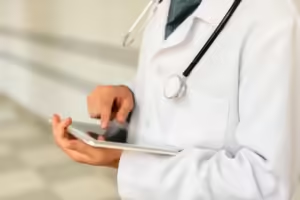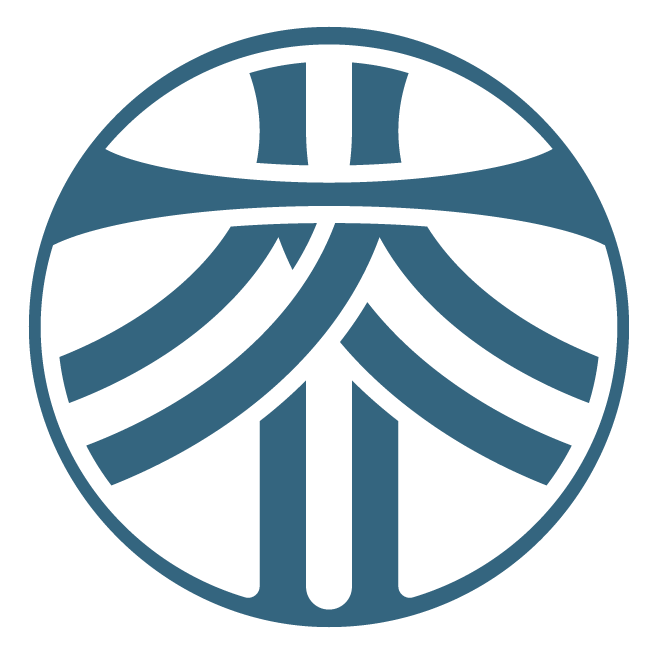COMMON QUERIES
Spider Veins – Frequently Asked Questions
Spider veins are tiny, damaged veins that appear close to the skin’s surface, often forming web-like patterns in red, blue or purple. They commonly develop on the legs and face and are usually a cosmetic concern rather than a medical issue.
Spider veins form when the tiny valves inside veins weaken or get damaged, causing blood to pool instead of flowing smoothly. Factors that increase the risk include:
✔ Genetics – If your parents had them, you might too.
✔ Hormonal changes – Pregnancy, menopause, and birth control can play a role.
✔ Prolonged standing or sitting – This affects circulation in the legs.
✔ Obesity – Extra weight puts more pressure on your veins.
✔ Sun exposure – Can cause facial spider veins over time.
✔ Aging – Vein walls weaken naturally with age.
In most cases, spider veins are harmless and purely a cosmetic concern. However, some people may experience:
⚠ Itching or burning sensations
⚠ Mild discomfort in the affected area
⚠ Occasional swelling (especially in the legs)
If your spider veins come with pain, swelling, or heaviness in the legs, it’s best to have them checked by a vein specialist to rule out underlying venous reflux issues.
Spider veins are very common, affecting millions of people worldwide. They are even more common than varicose veins. They are more prevalent in women than men, especially after pregnancy or with age. Up to 80% of the general population may develop spider veins at some point in their lives.
While spider veins are often asymptomatic, some individuals may experience:
- Mild itching or burning sensation
- Slight discomfort in the affected area
- Cosmetic concerns, particularly when spider veins appear on the face or legs
Untreated spider veins usually do not cause major health issues but may worsen over time, becoming more prominent or increasing in number. In some cases, they may contribute to minor swelling or skin irritation.
A vein specialist can diagnose spider veins with a physical examination. However, for a more detailed assessment, a duplex ultrasound scan is recommended to assess venous reflux (incompetence of valves).
There are several effective treatment options available for spider veins:
- Sclerotherapy: This is the most common treatment for spider veins. Involves injecting a sclerosing solution directly into the affected veins. This solution irritates the vein walls, causing them to stick together and eventually collapse. Over time, the treated vein turns into scar tissue and fades away.
- VeinGogh Ohmic Thermolysis: Vein Gogh Ohmic Thermolysis uses microburst technology to deliver high-frequency energy directly to the spider veins. This energy causes the veins to coagulate and collapse, leading to their eventual absorption by the body. This method is suitable for smaller spider veins that may be too small for sclerotherapy injections.
- Laser Treatments: Transcutaneous laser ablation uses focused laser light to target and destroy spider veins without damaging the surrounding skin. Generally less effective compared to sclerotherapy.
Most treatments are quick, minimally invasive, and require little to no downtime.
If you’d like to explore treatment options, scheduling an appointment is easy:
📍 Visit: Novena Vascular & Varicose Vein Centre. 38 Irrawaddy Rd, #08-48, Singapore 329563
📞 Call or drop a message on WhatsApp: (+65) 9727-0788
📧 Email: contact@drdarryllim.com
🌐 Website: https://drdarryllim.com

Still Have Questions?
Didn’t find the answer you were looking for? We’re here to help.
Contact us to speak with our team, or book a consultation with Dr. Darryl Lim to get personalised advice on your vascular health.

